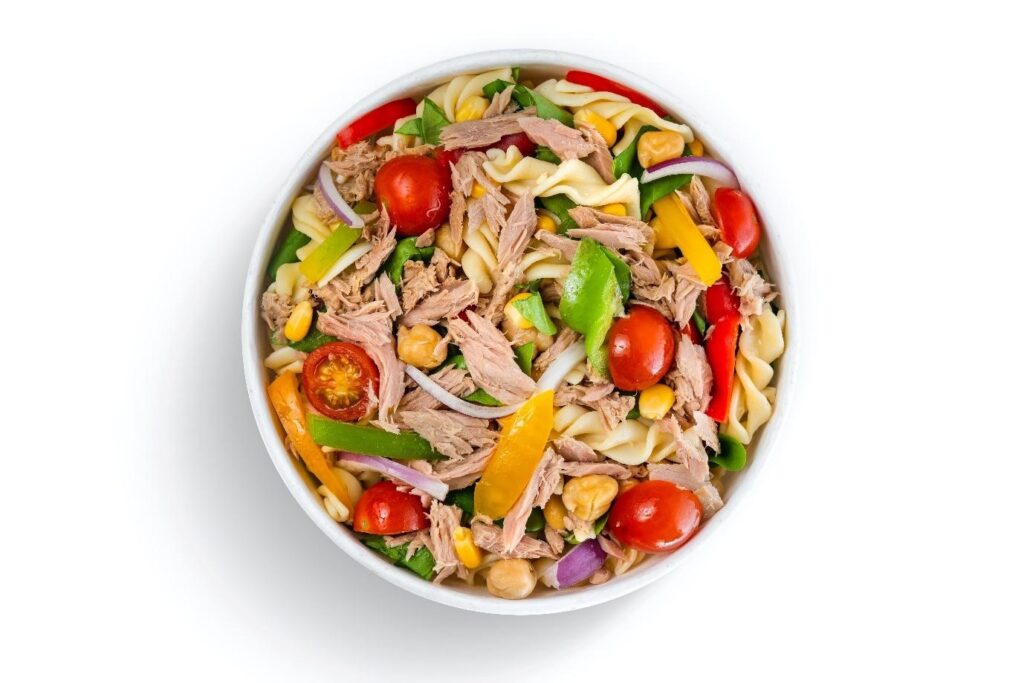
When it comes to feeding your dog, choosing the right food is crucial for their health and well-being. Proper nutrition is essential for dogs of all ages, sizes, and breeds, and it can play a significant role in their overall health and happiness. But with many options available on the market, how do you choose the best dog food for your pet?
This blog post will explore five key ways to choose the right dog food for your pet. From consulting with a veterinarian to reading the ingredient list and considering the type of food, these tips can help you make an informed decision about what to feed your dog. Keep reading to learn more about choosing the best dog food for your furry friend.

1. Consult a veterinarian
One of the best ways to choose the right dog food for your pet is to consult a veterinarian. Your veterinarian can provide valuable guidance on what type of food is best for your dog based on age, breed, size, and health conditions. They can also recommend specific brands or food types that suit your dog’s needs.
For example, puppies have different nutritional requirements than adult dogs, and certain breeds may have specific dietary needs. Similarly, dogs with certain health conditions, such as allergies or gastrointestinal issues, may require specialized animal nutrition. Consulting with a veterinarian can help you determine the best food for your dog based on their needs and help ensure they get the proper nutrition.
2. Read the ingredient list
Reading the ingredient list on dog food labels is essential in choosing the right food for your pet. The ingredient list can provide valuable information on the quality and nutritional value of the food.
When reading the ingredient list, look for high-quality proteins as the first ingredient. Meat, poultry, and fish are good sources of protein for dogs. Avoid ingredients like “meat by-product” or “meat meal,” as these are low-quality protein sources and may contain rendered or processed animal parts that are not beneficial for your dog.
In addition to protein, look for whole grains, vegetables, and fruits as ingredients. These provide essential nutrients and fibre for your dog. Avoid ingredients like corn, wheat, and soy, as these are commonly used as fillers and may not provide much nutritional value.

3. Consider the type of dog food
Several types of dog food are available on the market: dry, wet, freeze-dried, and homemade. Each type has pros and cons; the best choice for your dog depends on their needs and preferences.
Dry dog food, also known as kibble, is convenient and easy to store. It is typically less expensive than other types of food and has a longer shelf life. It is considered “complete” as it contains all the nutrients your furry friend could need.
Wet dog food, also known as canned food, is typically more expensive than dry food and has a shorter shelf life. However, it is often more palatable for dogs and may contain more moisture, which can benefit dogs that don’t drink enough water.
Freeze-dried dog food is a newer type of food made from freeze-drying raw ingredients. It is often more expensive than other types of food and has a shorter shelf life.
Homemade dog food is an option for those who want complete control over their dog’s food ingredients. It requires time and effort to prepare, but it allows you to choose high-quality ingredients and tailor the food to your dog’s specific needs.

4. Look for a reputable brand
When choosing dog food, it’s essential to consider the brand and the company behind it. Look for a reputable brand with a good reputation and a track record of producing high-quality food.
There are several ways to research a brand’s reputation and its manufacturing practices. You can check their website for information on their ingredients and manufacturing processes. You can also look for independent reviews and ratings from trusted sources, such as consumer advocacy organizations or pet industry experts.
It’s also good to check if the brand follows AAFCO (Association of American Feed Control Officials) guidelines. AAFCO sets standards for pet food and animal feed, and brands must follow these guidelines to provide adequate and balanced nutrition for pets.
5. Consult a pet nutritionist
If you are still unsure about which dog food to choose for your pet, or if you have a dog with specific dietary needs, you may want to consider consulting with a pet nutritionist. Pet nutritionists are experts in animal nutrition and can provide personalized recommendations on the best dog food for your pet based on their individual needs and preferences.
Pet nutritionists can help you navigate the wide range of options available on the market and provide guidance on choosing a nutritionally balanced and appropriate food for your dog. They can also help you identify potential nutritional deficiencies or imbalances and recommend necessary supplements or dietary changes.

Final Thoughts
In conclusion, choosing the right dog food for your pet is an important decision that can significantly impact their health and well-being. By following these five key ways to select the right dog food, you can help ensure that your dog gets the proper nutrition needed to thrive. Whether you consult with a veterinarian, read the ingredient list, consider the type of food, look for a reputable brand, or consult with a pet nutritionist, these tips can help you make an informed and confident decision about what to feed your dog.
Don’t underestimate the importance of proper nutrition for your pet. Take the time to research, consider your options, and choose a dog food that meets your dog’s specific needs and preferences.






